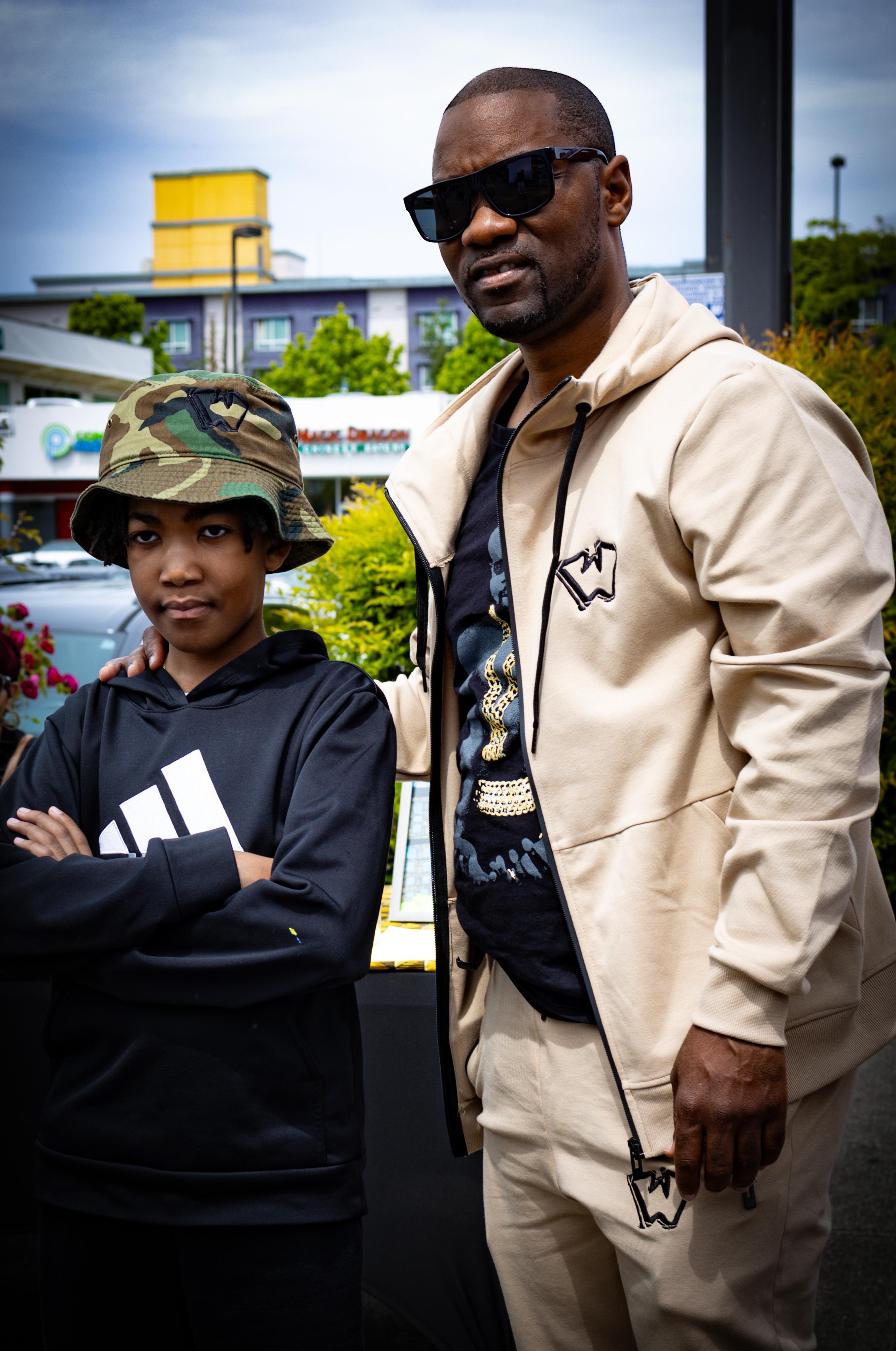Natalia Koss Vallejo
Natalia Koss Vallejo has lived in Seattle with her partner and two ridiculous cats since 2016. Originally from Milwaukee, Wisconsin, Natalia's Mother, a Colombian American immigrant and psychotherapist, and Father, a labor activist and union electrician, instilled strong values and a commitment to helping others from a young age. Natalia has nearly two decades of experience in nonprofit advocacy, community organizing, political advocacy, and public policy. Her early career focused on abortion advocacy and reproductive justice, and has since expanded into other public policy issues.
Equity in Session
Equity in Session

Victor Loo
Victor Loo (he/him) is a dedicated advocate for equity and justice, serving as a principal consultant, executive coach, and strategist. His leadership is particularly noted in tackling health disparities and championing equity, with significant roles including his work with the Substance Abuse and Mental Health Services Administration - Health Resources and Services Administration (SAMHSA-HRSA) Center for Integrated Health Solutions’ Addressing Health Disparities Leadership Program, and the National Council for Mental Wellbeing's Healthy Youth Leadership Institute.
